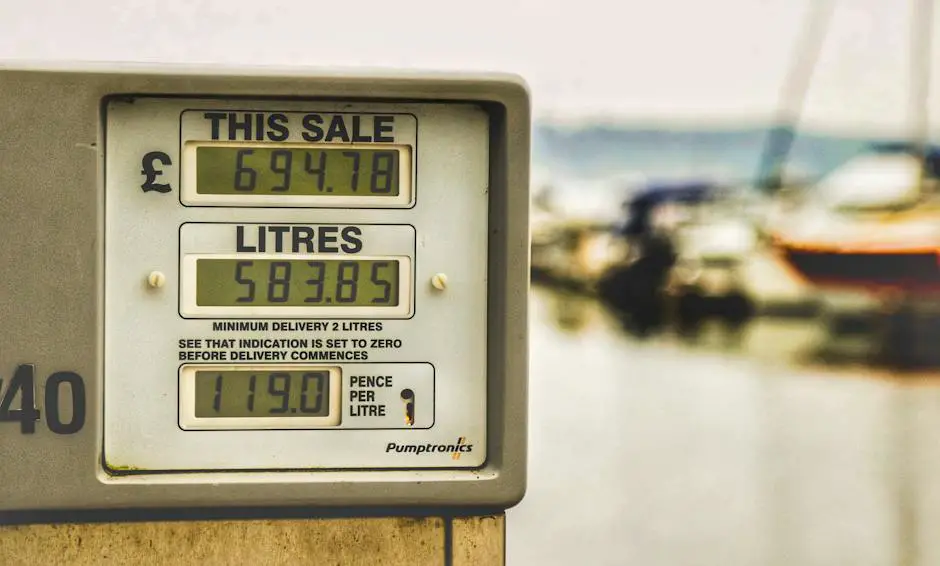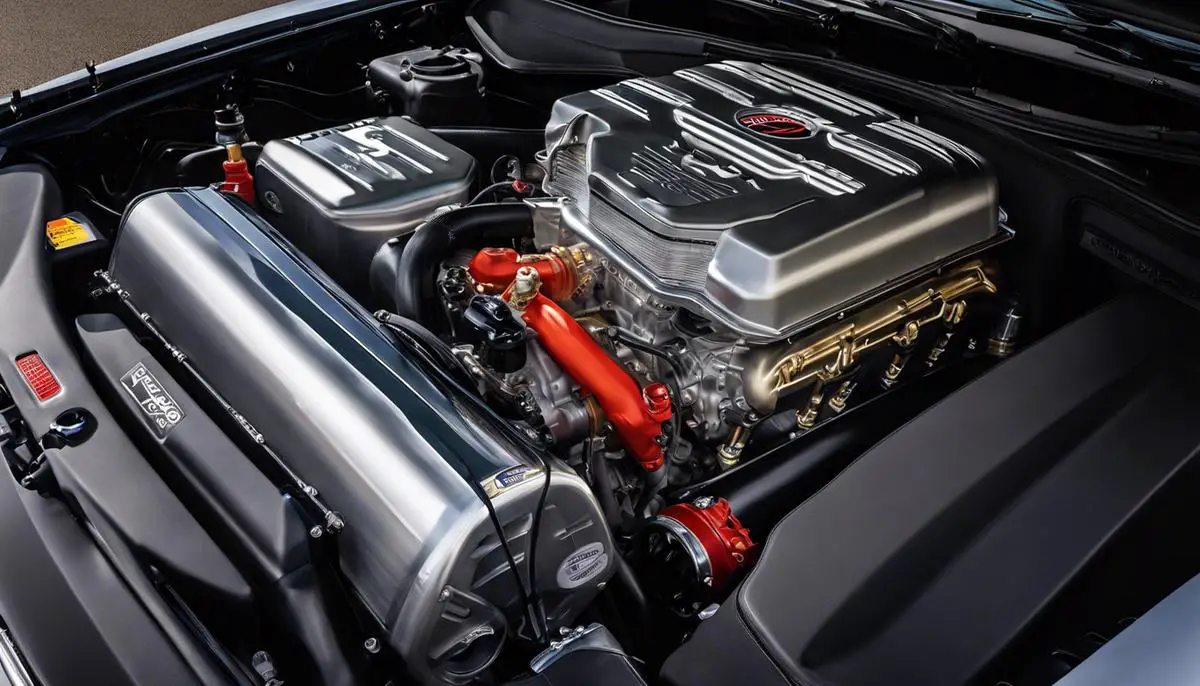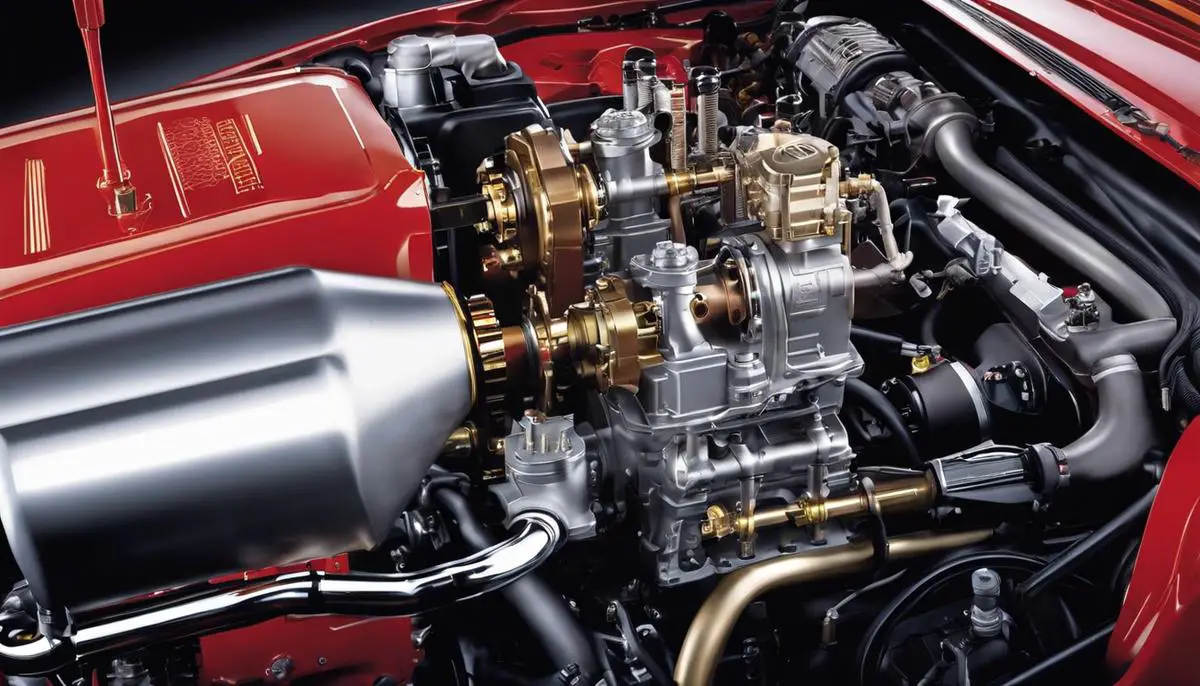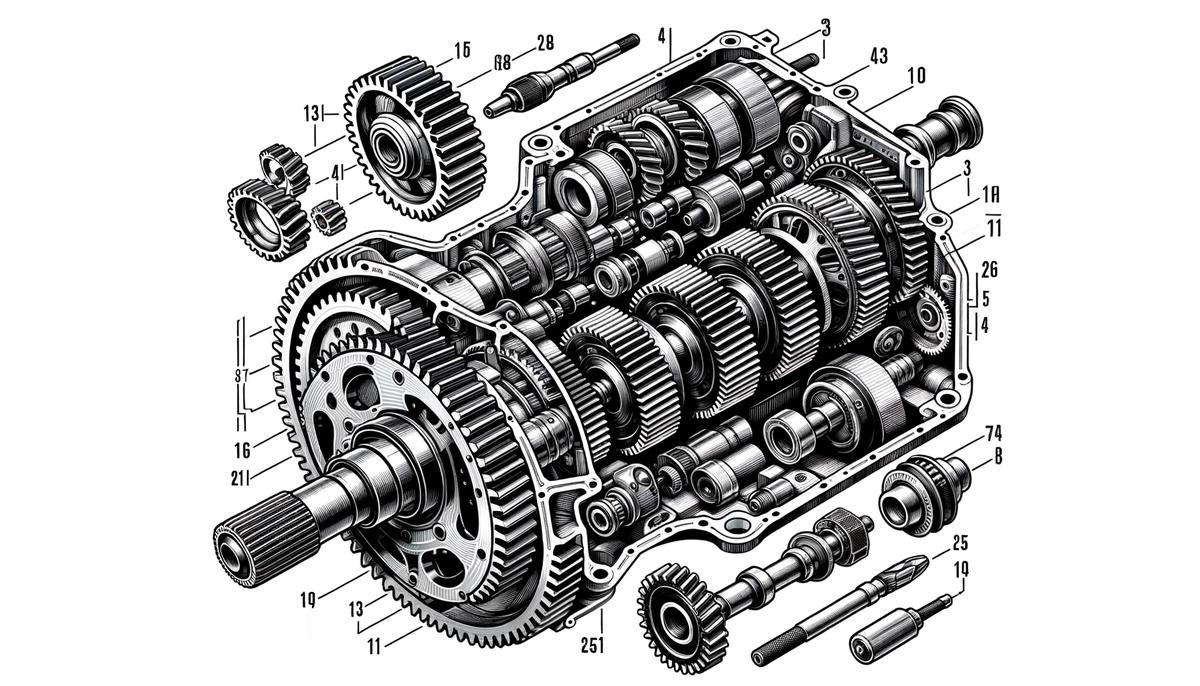The heart of any vehicle is its engine, a marvel of modern engineering that converts fuel into motion through the miracle of combustion. At the core of this transformative process lies the fuel injection system, a key player in determining how effectively and efficiently an internal combustion engine operates. Although seemingly a detail, the choice between direct and indirect fuel injection systems has profound implications. These choices influence everything from the raw performance of the engine to the broader ecological footprint left in the wake of our drives. With advances in automotive technology continually reshaping our expectations and capabilities, understanding these two systems’ mechanics is crucial for anyone looking to navigate the intricate world of modern vehicles.
Contents
Mechanics of Direct and Indirect Fuel Injection
Direct vs. Indirect Fuel Injection: A Hobbyist’s Guide to Understanding Your Engine’s Thirst for Fuel
Hey there, fellow fuel-system enthusiasts! If you’ve ever popped open a car hood, you might have found yourself staring at a complex network of metal, wires, and tubing. And somewhere in that mechanical maze is the heart of your engine’s performance: the fuel injection system. Whether you’re into upgrading cars, tinkering in the garage, or just curious about what makes your ride go vroom, knowing the difference between direct and indirect fuel injection systems is pretty cool.
Feeding the Beast: Indirect Fuel Injection
Picture a casual get-together where food is laid out buffet-style. The dishes are there for the taking, but it’s up to the guests to grab what they want. This is like indirect fuel injection. The system puts fuel in a common area, called the intake manifold, and the engine’s cylinders pick up the fuel as needed. Precision isn’t the main game here; it’s more about being in the right area.
Indirect fuel injection, sometimes known as multi-point fuel injection, has been around for decades. It involves injectors placed just outside the engine’s cylinders, almost as if they are raining down fuel into the intake manifold. From there, the air and fuel mix together before heading into the cylinders to be ignited and give your car its get-up-and-go.
This system is great for its simplicity and cost-effectiveness. It’s like the trusty pair of gloves in the toolshed – not the fanciest, but they get the job done.
Into the Chamber: Direct Fuel Injection
Now, imagine a personal chef who knows exactly what amount of food to put on your plate for maximum enjoyment. That’s the personal touch of direct fuel injection. It’s all about specificity and efficiency. This system takes the injector nozzle and places it directly inside the engine’s cylinder – it’s the VIP treatment for fuel delivery.
Why does this matter? Because with direct injection, each cylinder gets its own precise squirt of fuel. This results in better fuel economy, which means more miles for your dollar, and who doesn’t love that? Plus, this method can give your vehicle a solid boost in power. Everything about direct injection is meant to optimize performance.
There’s something satisfying about knowing each explosion in your engine’s cylinders is finely tuned to give you a smooth, powerful ride. It’s a bit more complex and costly, sure, but for those who crave efficiency and performance, direct fuel injection is like the high-end tool set that you proudly display in your garage.
Rev Those Engines
Whether it’s the buffet-style service of indirect injection or the tailored experience of direct injection, the goal remains the same: to mix fuel with air to power up your engine. Understanding these systems is like understanding a secret language of cars, giving you the insight to tweak, improve, and appreciate the rumble under the hood.
So, the next time you’re out for a spin or you pop the hood to take a look inside, you’ll know exactly how your engine is getting its feast of fuel. And in the world of engines, knowledge isn’t just power; it’s the ultimate fuel for your passion. Keep learning, keep exploring, and your skills will continue to rev up!

Performance Implications
When it comes to nailing down the performance differences between direct and indirect fuel injection, we’re talking about a few key areas: power output, efficiency, emissions, and the overall impact on the driving experience.
Starting with power output, direct fuel injection (DI) earns some solid points. Injecting fuel directly into the combustion chamber allows for a more precise mix of fuel and air, which means that when that spark plug fires, the resulting explosion is bigger and more powerful. This translates to a bit more oomph when you press the gas pedal.
Efficiency is another arena where DI shines. Because of the exact way it introduces fuel into the combustion chamber, it’s possible to use less fuel and still get the same (or even better) performance as with indirect injection. This efficiency also has a happy side effect: improved mileage. You’ll get more miles out of every gallon, which is a win for your wallet and the planet.
Emissions are a big deal these days, with all the talk about clean air and reducing our carbon footprint. Here, DI systems again have an edge. By controlling the amount of fuel used more precisely, these systems typically produce fewer emissions. This not only helps the environment but also helps engines meet the strict emission standards set by governments.
And finally, the impact on the driving experience. Cars with direct injection tend to have a quicker response when you press the accelerator. This peppy performance makes for a more responsive and enjoyable drive, especially when you’re in the mood to feel the road and really engage with the car’s capabilities.
So, while indirect injection systems have their merits, including lower costs and a solid track record of performance, direct injection has claimed the spotlight in modern car performance for good reasons. This tech delivers power, efficiency, and a zippy driving experience while keeping those emissions in check. It’s an exciting time for gearheads and car lovers who revel in the details that make our rides faster, cleaner, and more fun to drive. Embrace the knowledge, and let it fuel your passion for the next generation of automotive innovation.

Cost and Maintenance
Understanding how fuel injection type impacts maintenance costs and intervals is crucial for anyone who cherishes their ride and wants to keep it purring like a kitten. Fuel injection systems, whether they’re direct or indirect, significantly determine how often you’ll find yourself under the hood with a wrench or at the mechanic’s shop footing the bill.
When we delve into indirect fuel injection systems, it’s clear that maintenance is typically less demanding. These systems send fuel into the intake manifold or cylinder port, which is less hostile than the combustion chamber. Thus, the components don’t have to endure extreme temperatures and pressures as they would in direct injection systems. What this means for fans of this technology is that injector cleaning or replacement might not be in your to-do list quite as often. That spells fewer visits to the mechanic and more cash in your pocket for that next road trip or to splurge on some snazzy car accessories.
However, indirect systems can still suffer from carbon buildup over time, and that does require attention. It’s recommended to keep an eye on the air filter and spark plugs, which will need a check or change according to the manufacturer’s schedule to keep everything running smoothly.
Now, turn to direct fuel injection systems, and you’ll notice maintenance becomes a bit more high-maintenance—pun intended! With the injectors delivering fuel directly into the combustion chamber, they’re exposed to intense heat and pressure. This environment can increase wear and tear over time. Owners should be ready for more regular checkups and the potential cleaning of carbon deposits from the injectors and intake valves. Direct injection systems might also need specialized detergents or additives to keep everything clean and functioning correctly.
For those who choose direct injection for its performance and efficiency uptick, budgeting for maintenance is part of the package. Investing time in understanding and possibly a bit more money keeping up with maintenance ensures your engine won’t let you down, especially when you need that extra oomph on the freeway.
In terms of maintenance intervals, direct injection systems usually require more frequent attention. The fuel is under higher pressure, so the pumps and injectors can be more sensitive to dirt and deposits. Ensuring you’re using high-quality fuel and adhering to a strict maintenance schedule are non-negotiable aspects of owning a car with a direct injection system.
Keep in mind that while maintenance might seem like a chore, it can’t be overlooked. Whether you’re in the indirect or direct camp, understanding these nuances ensures your engine stays in tip-top shape. Remember, knowing your fuel injection system and keeping up with maintenance not only preserves engine life but also enhances performance, and isn’t that what every enthusiast strives for? Now, with all these insights on fuel injection systems and their needs, you’re geared up to keep your beloved car at its best while efficiently managing those maintenance costs and intervals. Drive on and maintain wisely!

Environmental Considerations
When it comes to the impact of fuel injection systems on the environment, it’s clear that both direct and indirect variants have their place in today’s automotive world. But for the eco-conscious driver, it’s crucial to delve deeper into which system has a softer touch on our planet’s well-being.
To kick things off, emissions play a huge role in the environmental debate. Generally, direct fuel injection (DI) systems produce less waste because they allow for a more precise amount of fuel to be squirted into the combustion chamber, making the burn cleaner and more complete. This precision not only enhances performance but also results in fewer byproducts being released into the atmosphere.
On the flip side, while indirect injection (IDI) systems are typically simpler and less prone to clogging, they can sometimes lag behind in the emissions department. Because fuel is mixed with air before entering the combustion chamber, there’s a greater risk of incomplete burning, which can persuade an engine to emit more pollutants.
Fuel efficiency is another vital piece of the puzzle. With a direct fuel injection system, the fine-tuning of fuel delivery tends to lead to more miles per gallon, meaning less fuel is burned over the life of the vehicle. Less fuel consumption translates directly into a smaller carbon footprint, giving DI systems an edge over their IDI counterparts.
However, it’s not all about the here and now. The longevity of the fuel injection system matters, too. A well-maintained engine will run efficiently for a longer period, having a lesser overall environmental impact. Owners of vehicles equipped with DI systems should be particularly vigilant. While the maintenance of these systems can be costlier and more frequent, it’s vital to keeping the system running smoothly and the emissions low.
In conclusion, while both systems have their merits, direct fuel injection systems appear to carry the torch for environmental friendliness. The precision in fuel delivery, improved fuel economy, and potential for reduced emissions contribute to a greener driving experience. Of course, maintaining these systems in top condition is key to their environmental benefits – an aspect that should not be overlooked. So, for those with an eye on preservation of our beautiful planet, direct fuel injection is worth considering when making that next vehicle choice. Just remember, whichever system your engine uses, keeping it well-maintained is the true essence of responsible, environmentally-friendly car ownership. Drive on, and keep that earth love at the forefront!

As we navigate the intricate maze of automotive innovation, the aspects of direct and indirect fuel injection not only underpin our engines’ performance but also resonate with our broader societal choices. Whether through the lens of raw engine power, the intricate balance sheets of cost and maintenance, or the pressing issues of environmental sustainability, these systems represent more than mere technical specifications; they echo our values, our priorities, and our vision for the future of transportation. Empowered by knowledge, we are better equipped to make informed decisions that align with both our individual needs and the collective good as we steer towards a more efficient and environmentally responsible era of motoring.


